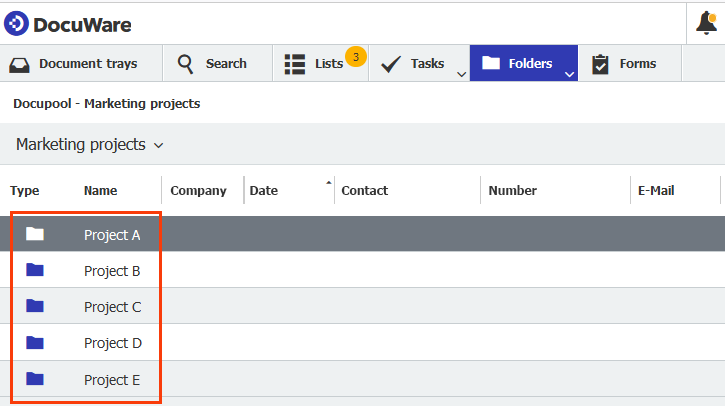Folders in DocuWare are flexible and easy to work with. But when you don’t have any indexed documents yet, folders won’t be displayed straight away – unless you know this trick.
Storing documents in well-organized folders is not only a handy feature of Windows, but also used in DocuWare. With DocuWare, you have the added benefit of getting different views on one and the same file cabinet.
But when you first set up a file cabinet, you might have an issue with "invisible folders." Here’s what we mean.
A folder’s structure is guided by index fields, but actual folders are only formed once entries are made in these index fields. This means that folders are not immediately visible in the DocuWare Client until a document with this index entry has been stored. This can lead to some wild indexing or confused use of folders at the outset.
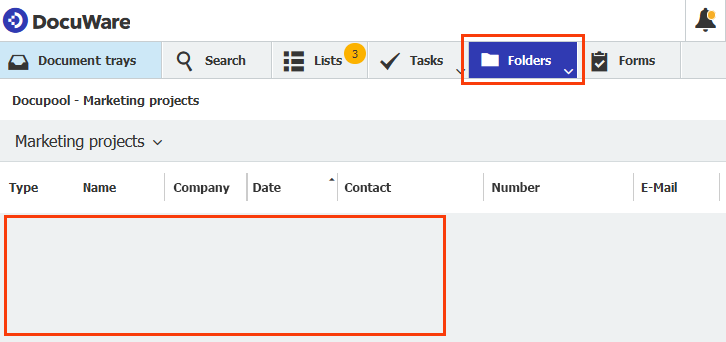
What’s missing here in the Web Client? Folders. They are only visible once documents are indexed and stored…or by using the trick down below.
To prevent problems from arising in the first place, you can link the index fields of your folder structure to select lists. Here’s an example:
Creating a folder structure
In DocuWare Configuration, click File Cabinets > New File cabinet x > Dialogs > Folders. Create your new folder structure. To do this, drag the desired index fields into the white area, as described in the DocuWare interface:
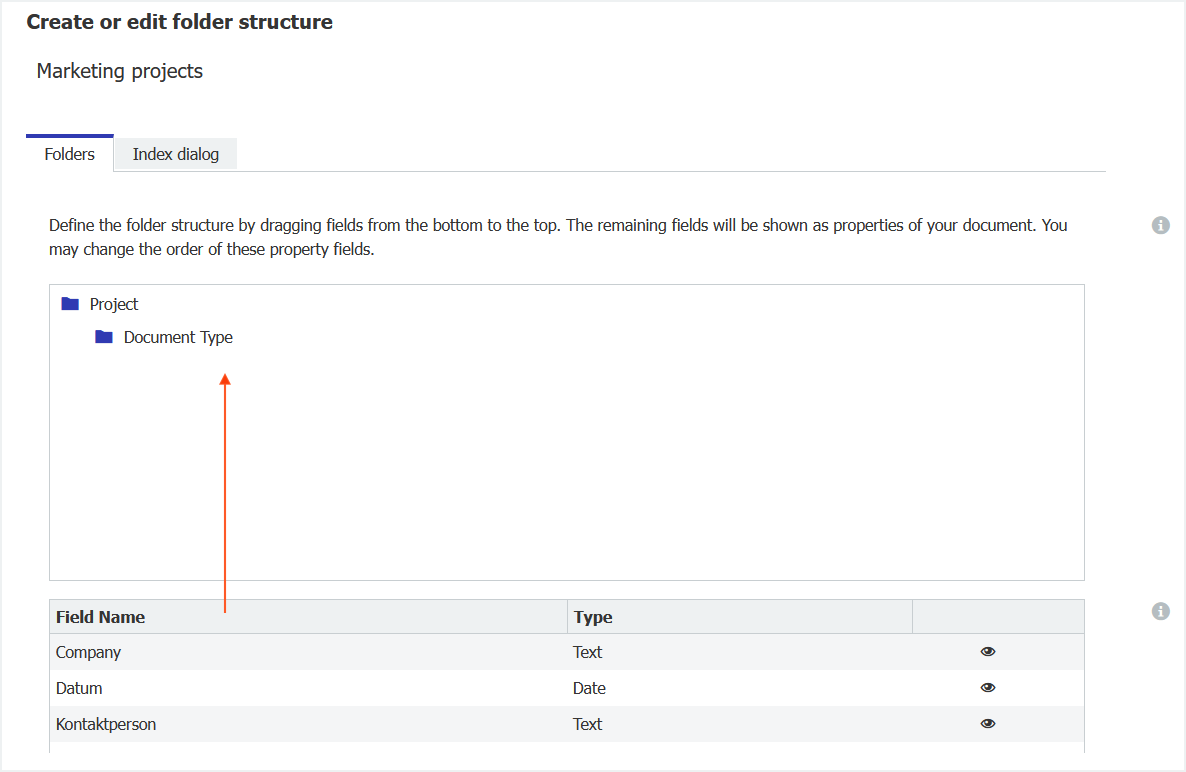
In this example, the "Project" and "Document Type" index fields form the basis for a new folder structure.
If you save the new folder structure and switch to the Web Client, you will initially not see the folders in the Web Client, since no documents have yet been saved and therefore no entries for the index fields exist.

Empty: Only the name of the new folder structure "Marketing projects" and the result list can be seen here. Since no document has yet been stored, there is no entry in an index field and therefore no folder.
Create a select list
Here’s how you can make the folders visible from the beginning. Start by assigning fixed select lists to your index fields, which will be used in the folder structure. For our example in the DocuWare configuration > Indexing Assistance, we’ll enter two fixed select lists.
- The first select list contains the names of the projects that will be documented here.
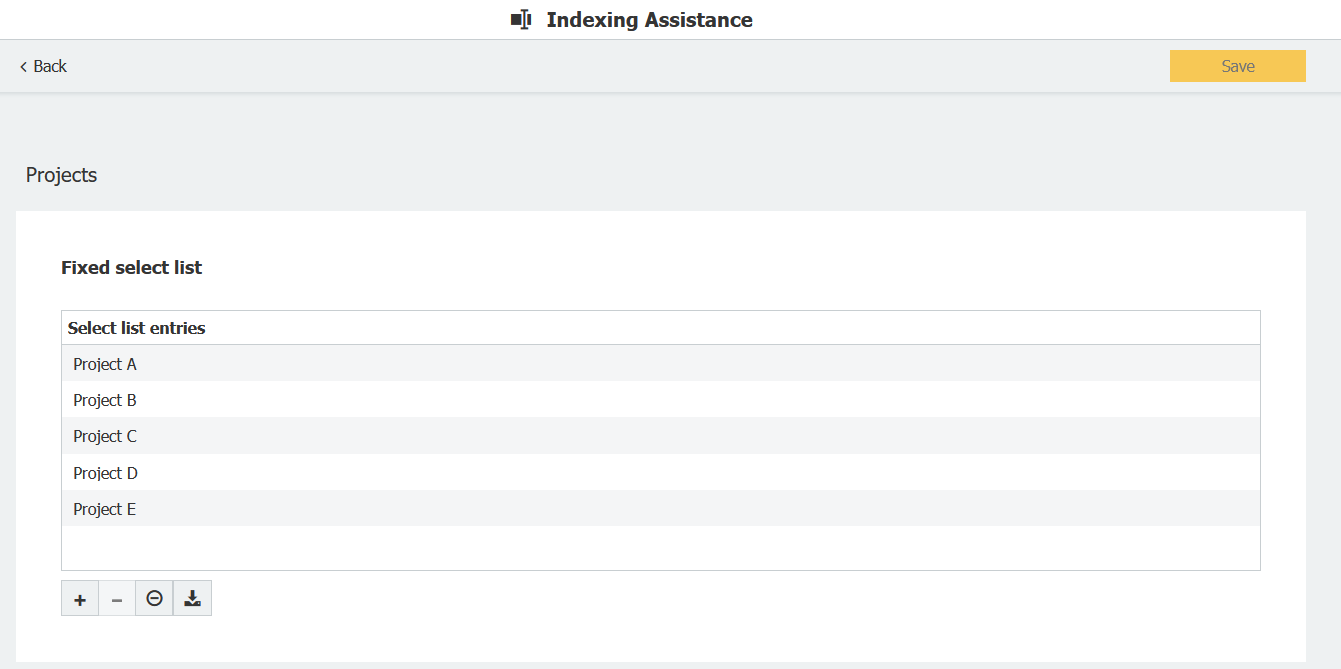
- The second select list contains the anticipated document types.
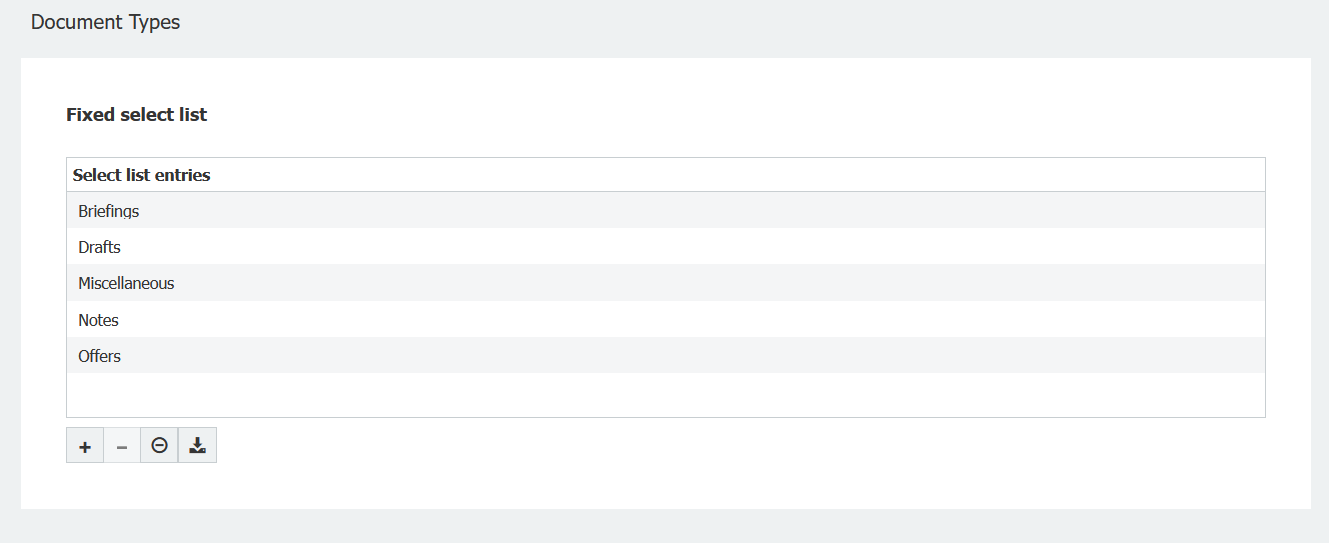
Assign select list
Back in file cabinet configuration, click Advanced in the folder structure. . ..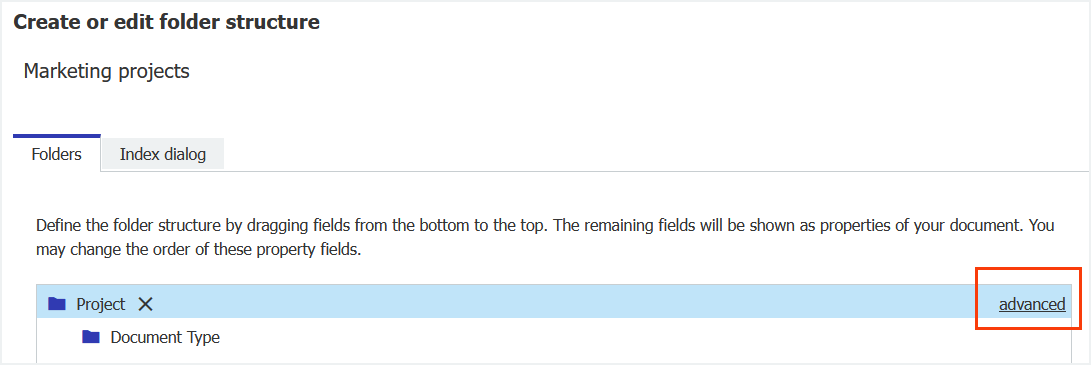
. . . and select the select list "Projects" from the drop-down list in the new window.
Do the same for the Document Types field.
The folders are created by the entries of the select lists – and will then be immediately visible in your DocuWare Client.
Don't forget to Save the file cabinet settings!
Check in Web Client
If you take another look in the Web Client, the entries in the select list are already displayed as folders in the folder structure Marketing projects – even if no document has been stored there yet.
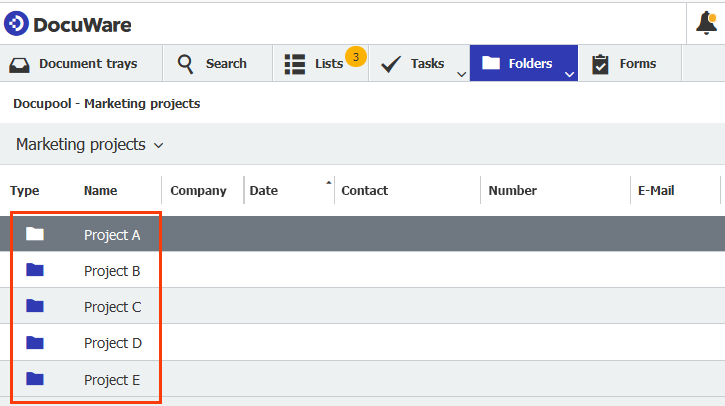
Folders are not called "Project" like the index field; instead, they reflect the entries stored via the index field "Project" – in this case "Project A," "Project B," etc.
The folders reflecting document types are also visible now.
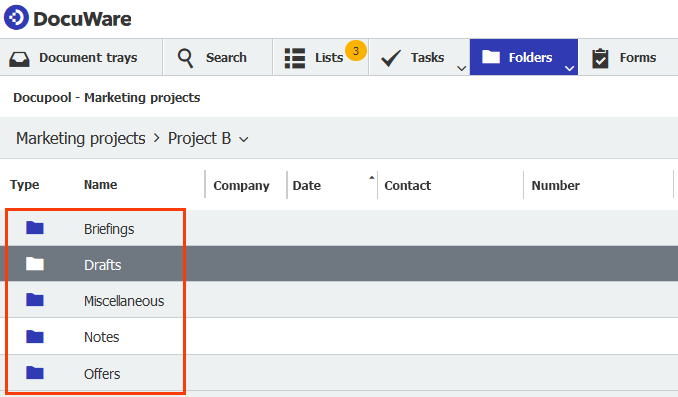
Even inexperienced users can now intuitively drag new documents into the correct folders.
Tip: Don't forget to assign user profiles to the folder structure like all other dialogs so that the right colleagues can use it.

One more thing: a folder structure is a dialog just like a store or search mask. The only difference is that the index fields are arranged in a hierarchy: clicking on level A opens level B, clicking on level B opens level C, etc. In the store dialog, for example, all fields can be seen on the same level.
Other readers also found this interesting:
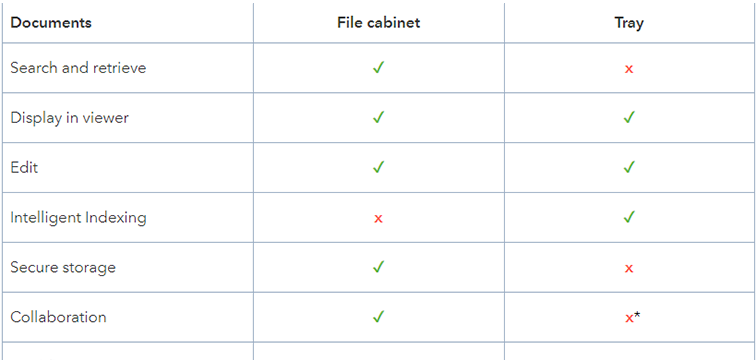 |
Not just for newbies: the advantages of trays and file cabinets |
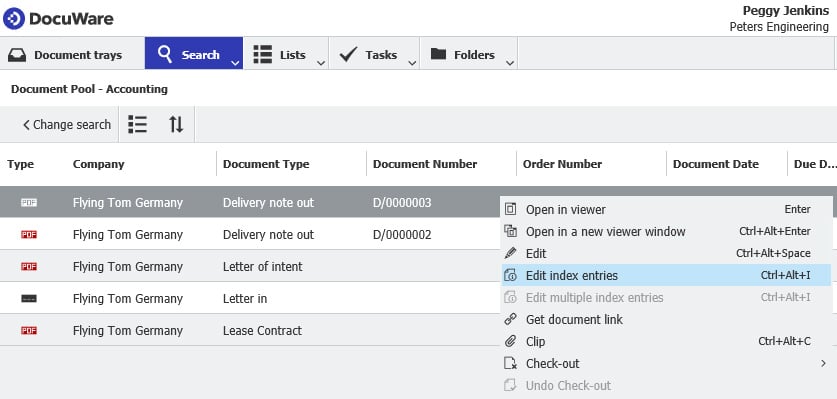 |
Index terms: a brief introduction Index terms can be a document‘s name, type of document, contact person, date or any other category. Learn more about they key role they play in DocuWare for identifying documents and triggering workflows.
|
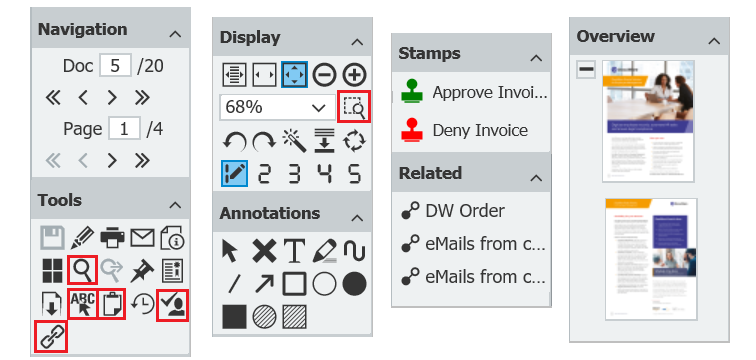 |
Grab the tool you need for your task The DocuWare Viewer can do so much more than just display documents. Over 60 functions can be launched via its toolbars. Here’s how you pick exactly the one you need for your actual task.
|

